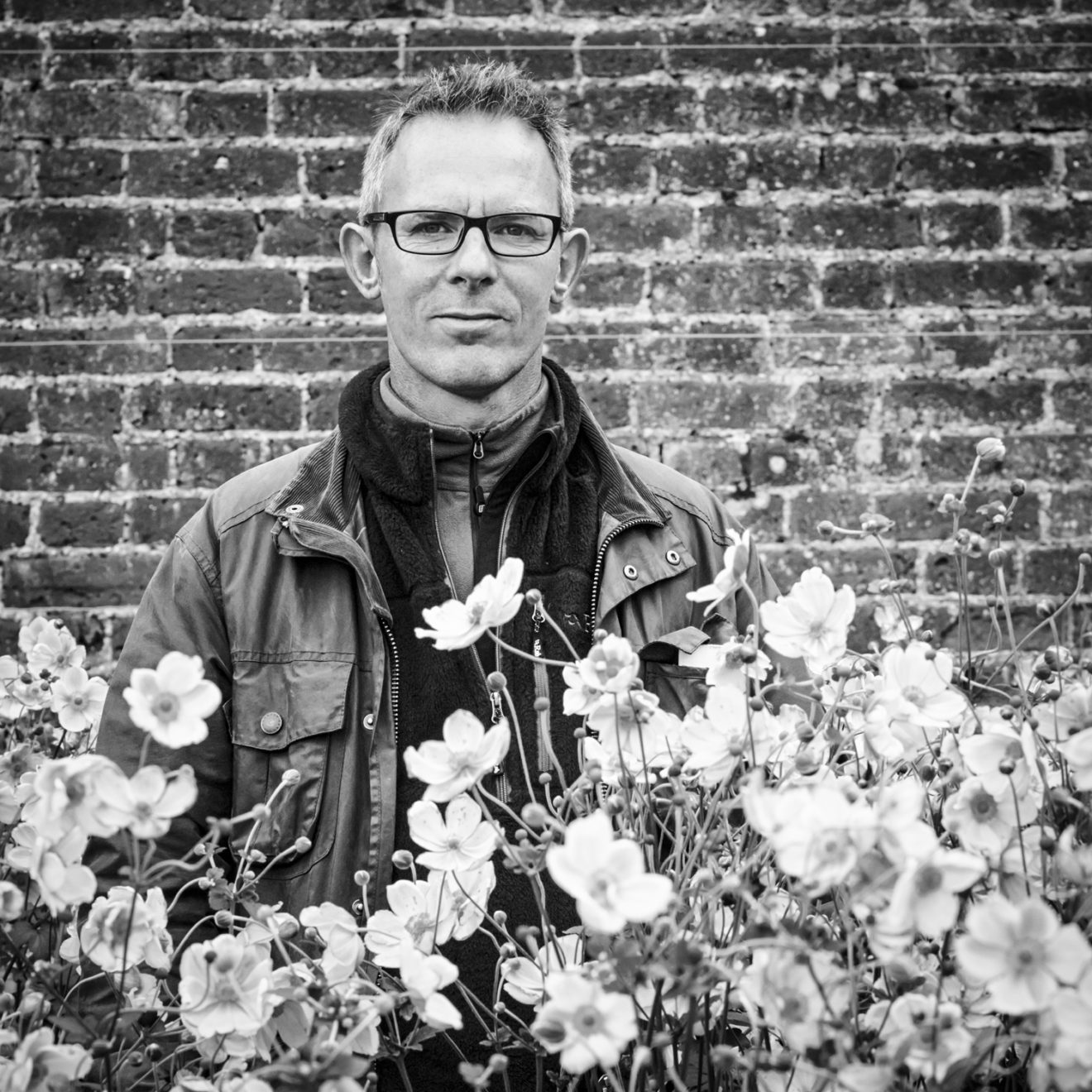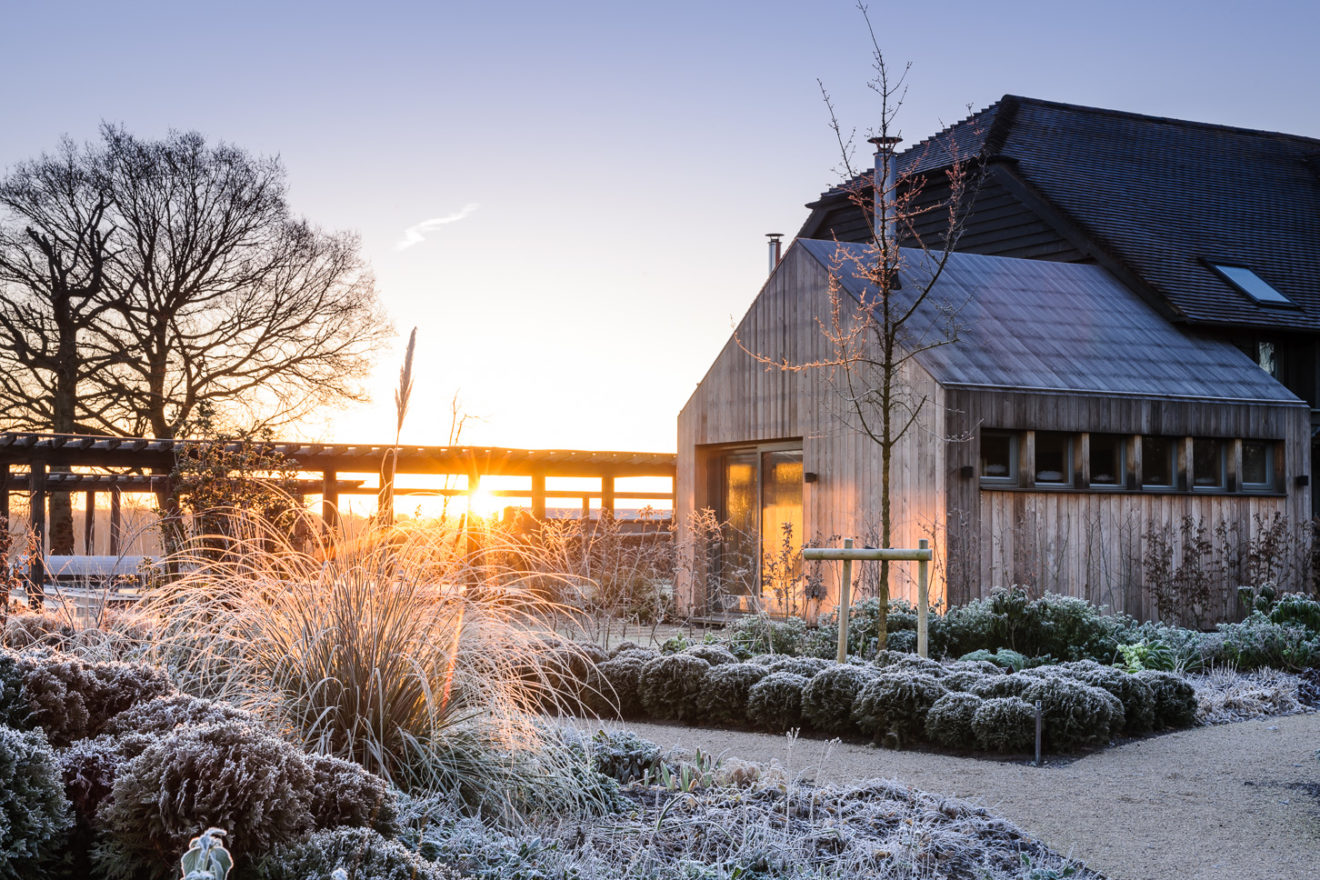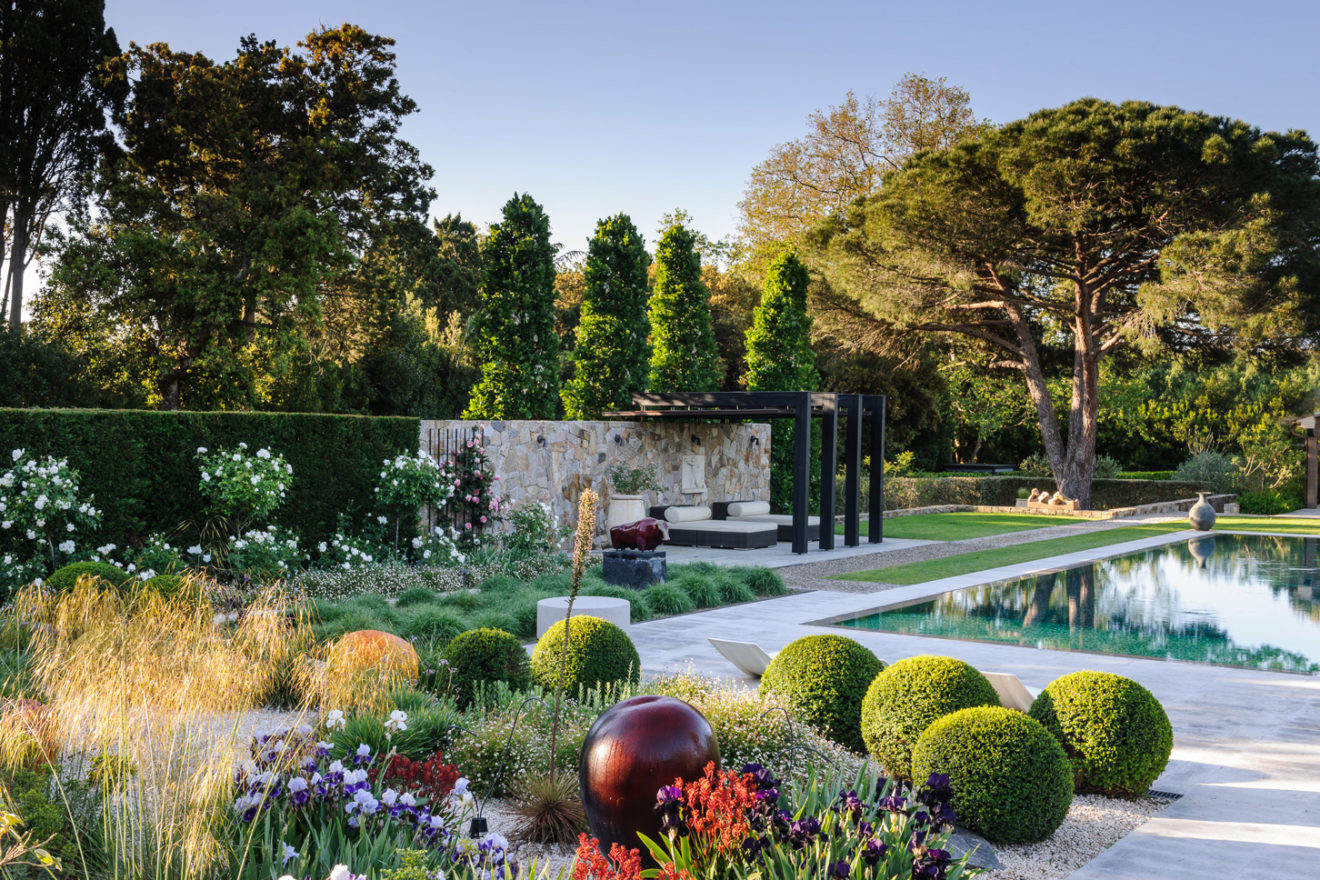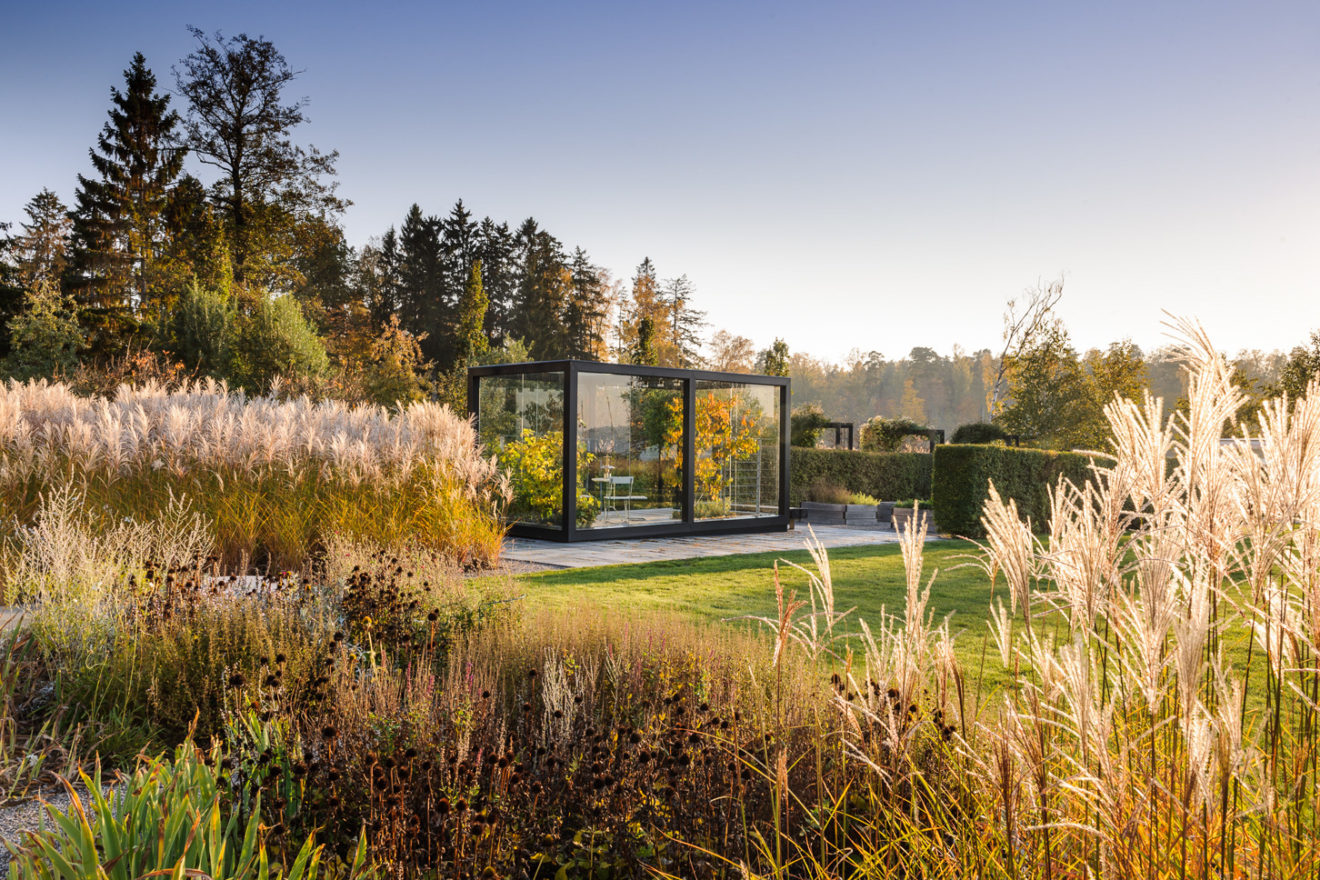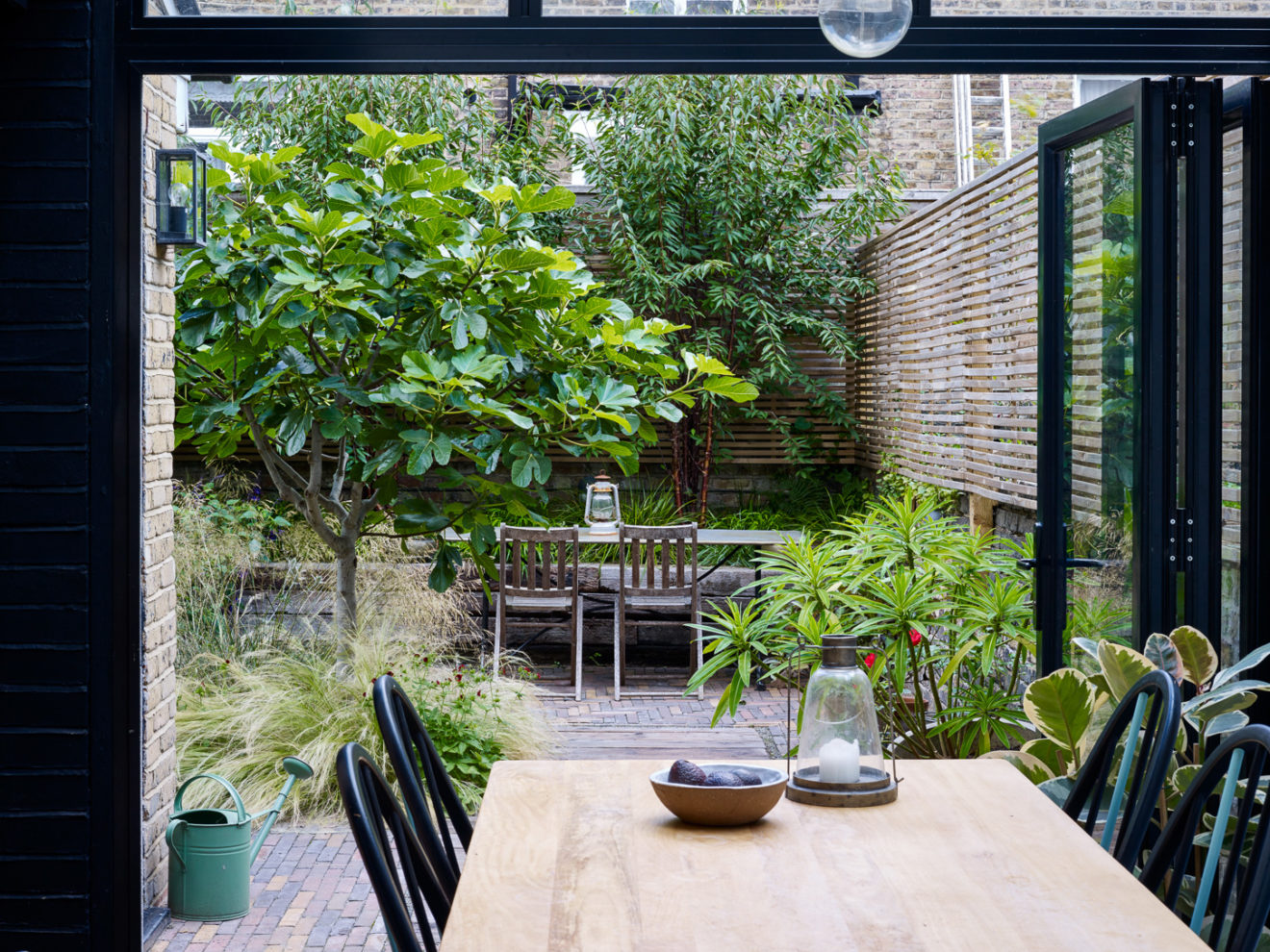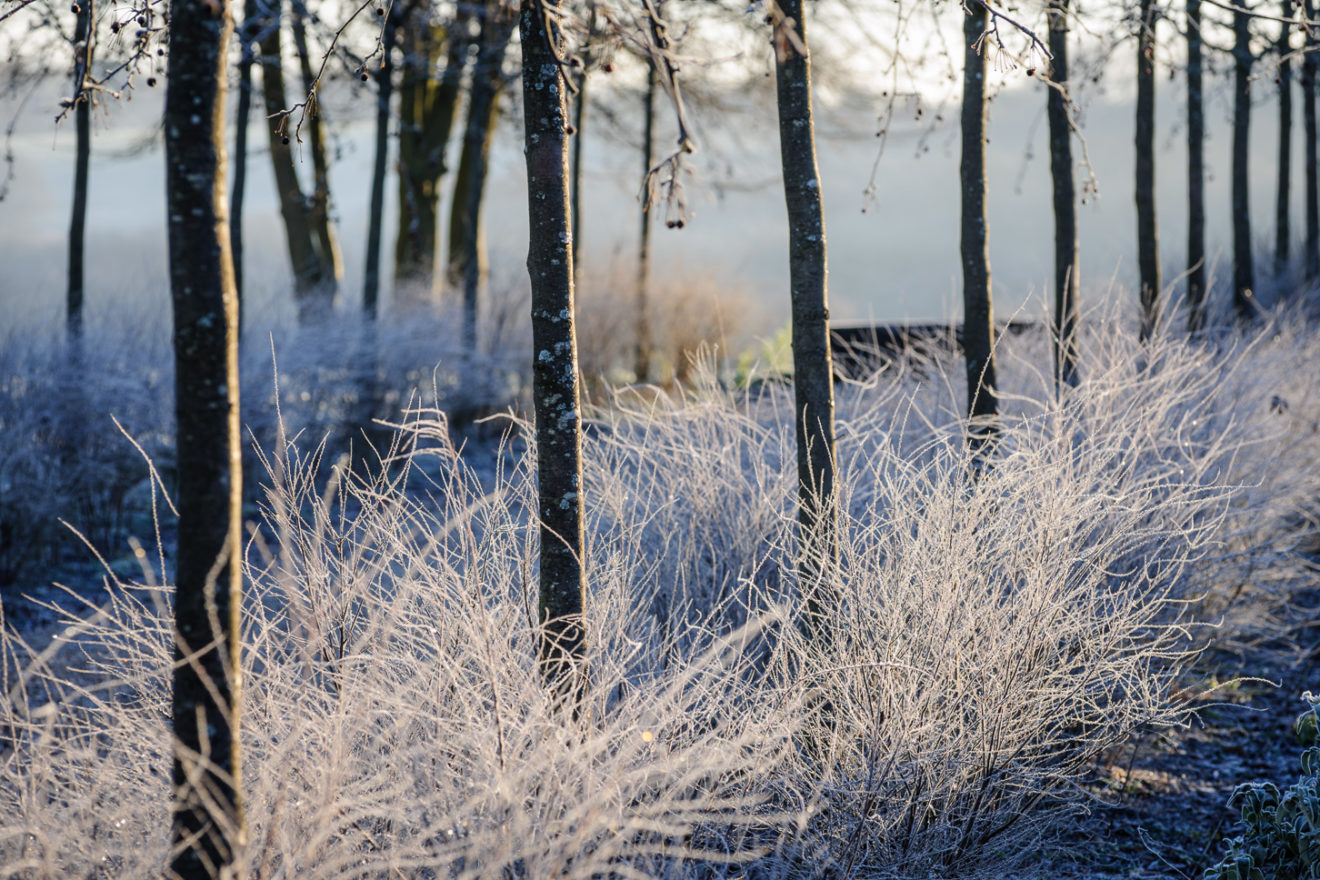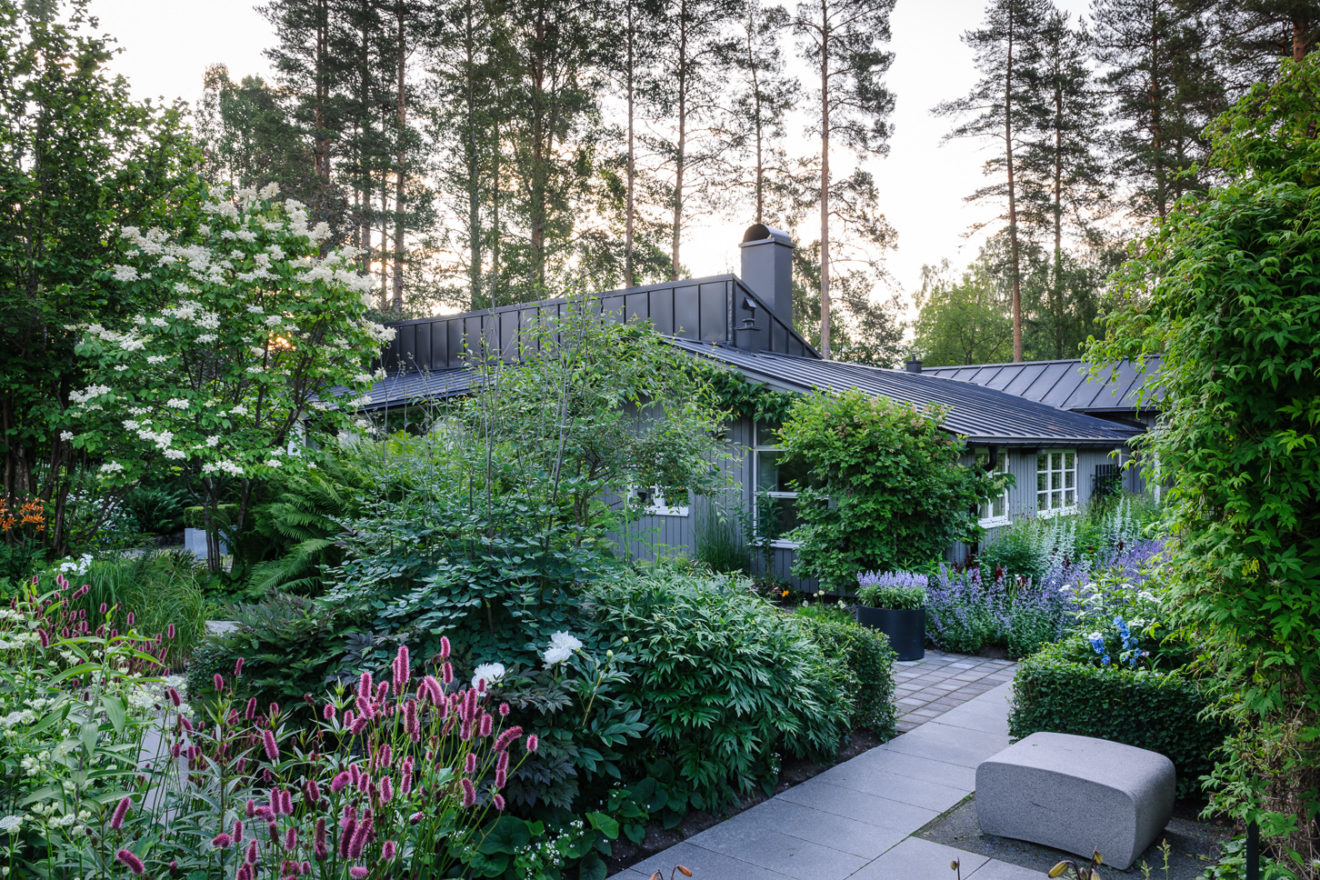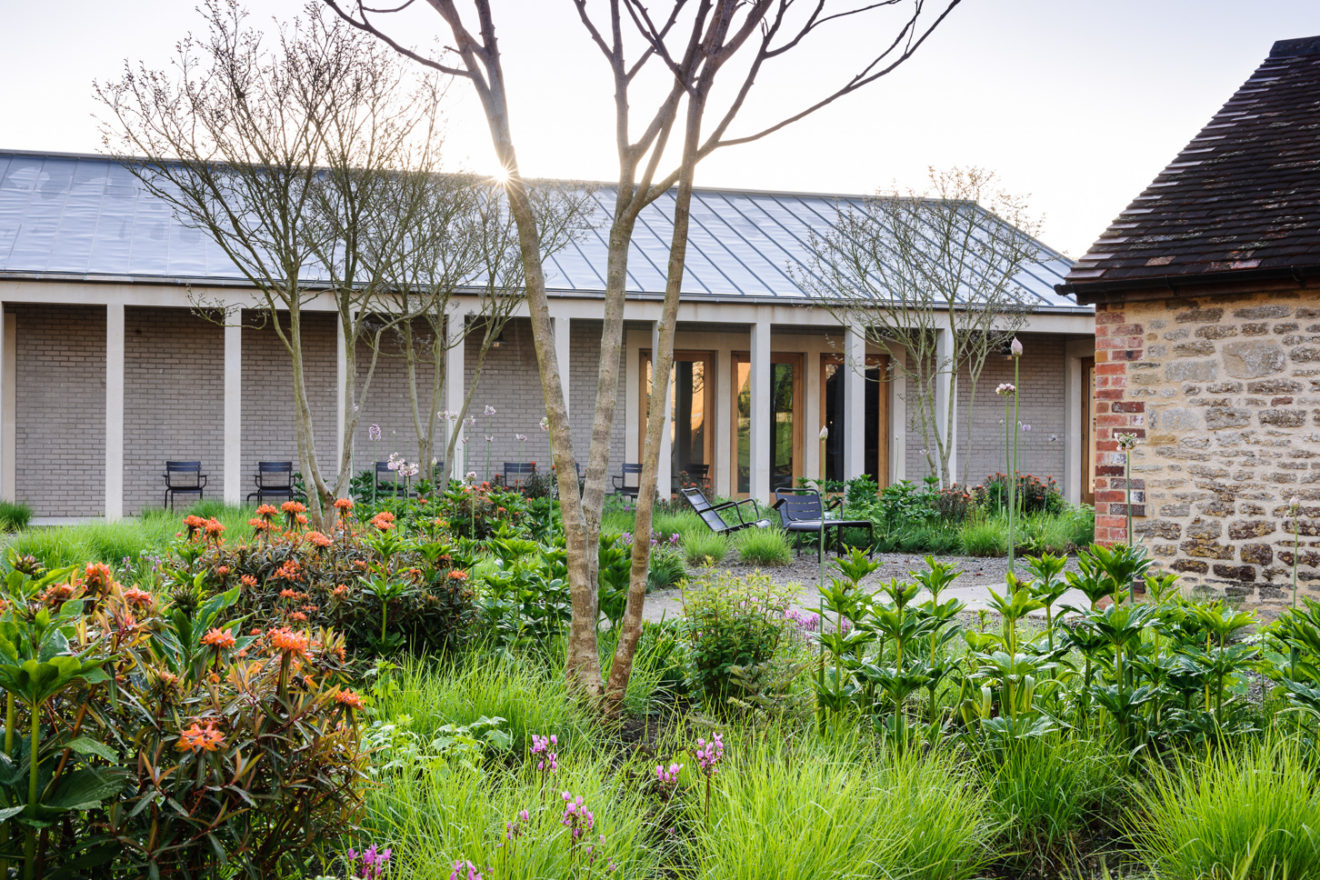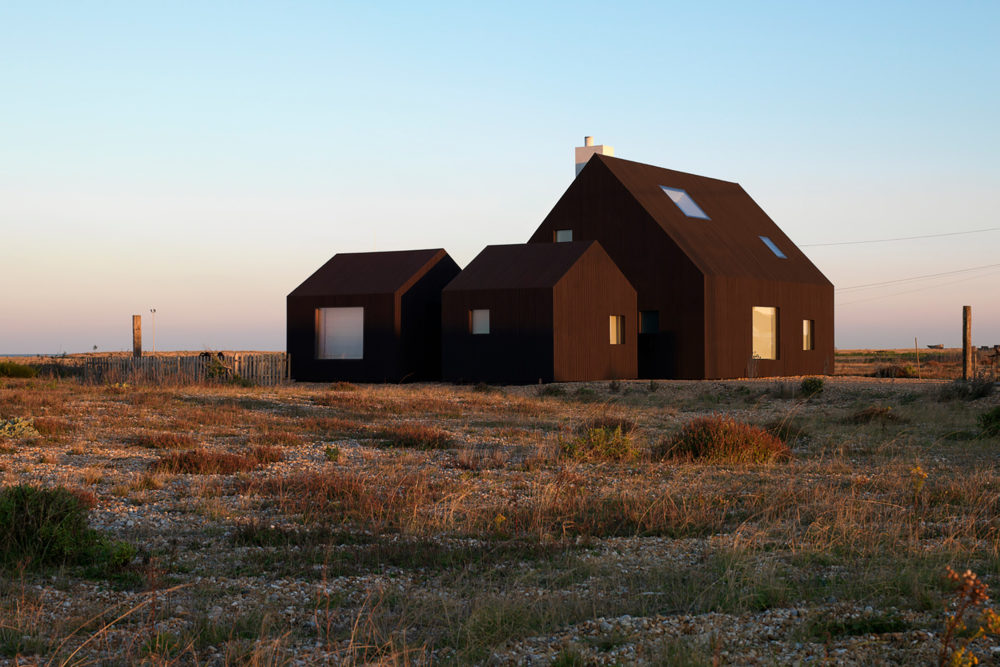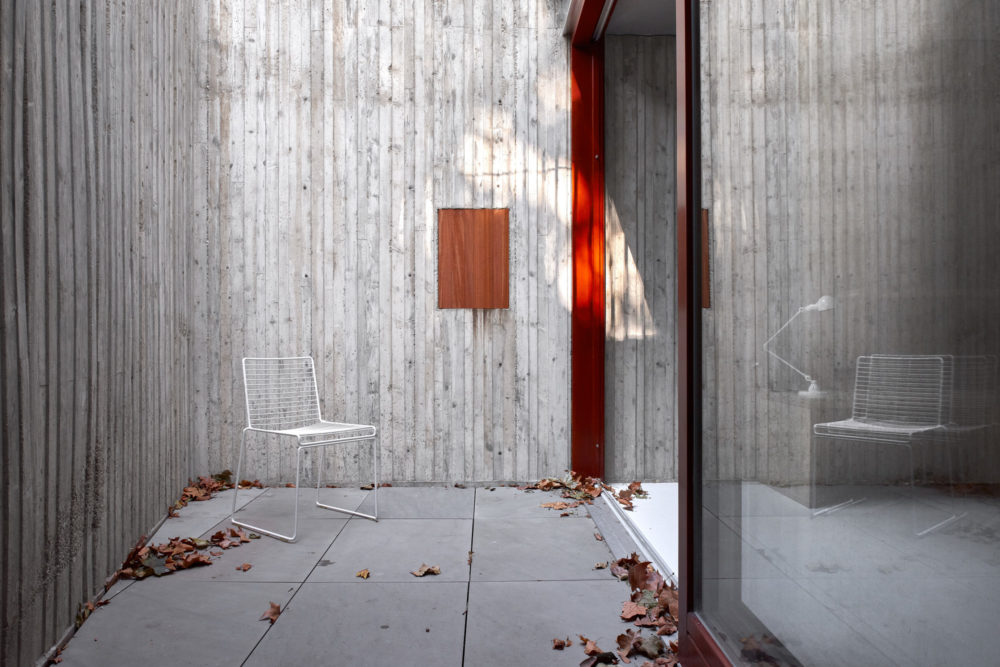Jason Ingram
As we find ourselves spending more time in the great outdoors, we speak to award-winning Bristol-based photographer Jason Ingram. His body of work encompasses interiors, food and portraits, but he is renowned for his striking garden and landscape imagery. Here, he tells us how to capture a garden in its natural state and why daylight is his most important tool of all.
I became interested in photography at a very early age through watching a favourite television series in the 70s, The Undersea World of Jacques Cousteau. I was immediately mesmerised by the wonders of film-making and the visual world. It wasn’t until I was around 12 that I actually started to take photographs and then quickly realised this was what I wanted to do. I studied photography at Salisbury College of Art and finished in 1992.
I would say that I am mainly known for garden photography, which forms the bulk of my work. I was extremely honoured to be awarded Garden Photographer of the Year and Features Photographer of the Year in 2019 by the Garden Media Guild, and have been shortlisted again for 2020. For food photography, I work closely with a very talented author Genevieve Taylor and we have shot many books together, which I always really enjoy. For interiors I shoot mainly for architects and a small amount of editorial. I also worked with Ben Pentreath on many of his projects for his own website, which was a very enjoyable couple of years.
I work in a very natural way, using daylight almost exclusively. I know how to light things and assisted many photographers who were masters of lighting, but for me daylight is key. I mainly shoot gardens so this tends to happen at dawn or dusk – the light source needs to be very low in the sky with soft shadows and low contrast so the image reads well. I like to shoot into the light as much as possible, so as to add extra drama to the image, and look for backlit subjects within the frame.
When I am shooting smaller city gardens I like there to be almost no directional light on the garden at all and will tend use the bounced light off surrounding buildings to help light the garden. In much larger gardens the window for good light is very small before there is too much contrast to shoot. In the summer I will start shooting around 4.15am and the light will be done by 8am, if there is no cloud cover at all.
I have been very privileged to have access to many beautiful gardens throughout the world. It’s very difficult to pin this down to one specific garden, as so many things come into play to make a shoot memorable – the season, light and general conditions are all so important. I always love shooting in Sweden with landscape designer Ulf Nordfjell – his gardens are incredibly sensitive to the nature that surrounds them and the light in Sweden is like nowhere else, you can almost shoot 24 hours a day in the summer months.
I have recently had two books published – Piet Oudolf’s garden at Hauser and Wirth in Somerset and Sissinghurst Castle – and for both books I spent a day a month capturing the seasons throughout the year. It’s always a remarkable opportunity, as you really get to know a designer’s work and the garden itself.
I tend to look for inspiration in the great landscape photographers: Ansel Adams and Carleton Watkins. I studied their work for my thesis while at Art College and often refer back to them.
Like photographers, garden designers and landscape architects are usually known for a particular style, so it is really hard to commit to just one. The international designers I have worked with recently have been Piet Oudolf and Ulf Nordfjell, and closer to home I have loved working with Marian Boswall, Arabella Lennox-Boyd, Ula Maria and Conrad Batten. I also have an amazing commission which has already lasted seven years, shooting an exquisite garden designed by Dan Pearson.
I thoroughly recommend getting some proper training as your first step. I found studying photography to be the best start to my career – it gave me a few years to really explore my own creative vision, along with solid technical help which the art college provided. Assisting is also a great way in, so try and find a photographer whose work you admire. If you want to be an editorial photographer it’s essential that you know everything about the magazine before approaching them, really do your homework.
I have a lot of great new garden shoots which will be coming out in Gardens Illustrated next year and I’m also finishing my book with Ulf Nordfjell, which has been a five-year project – this is being published by Norstedts Förlag. I also have another book with Anna Greenland on growing edibles in small spaces (Octopus Publishing), fantastic plant combinations with Lucy Bellamy (Octopus Publishing) and a book on sustainable gardening with Marian Boswall (Frances Lincoln).

